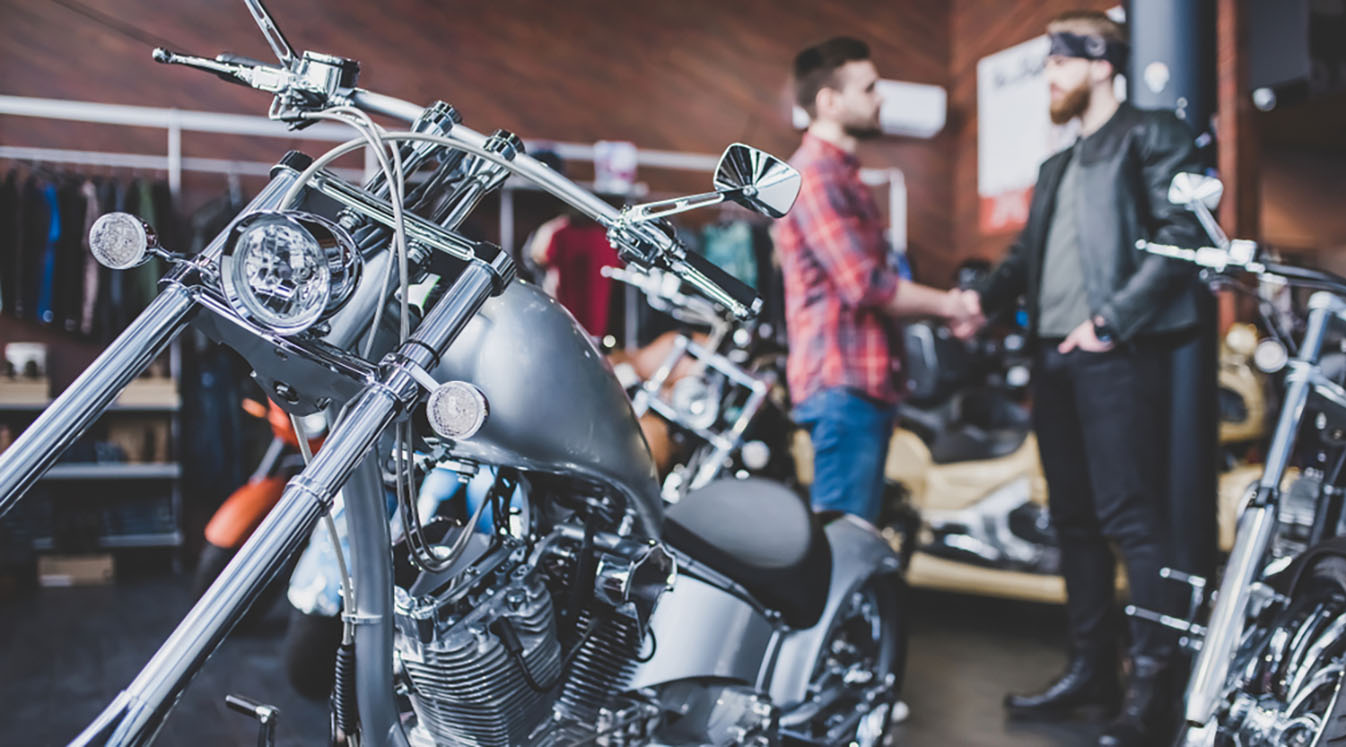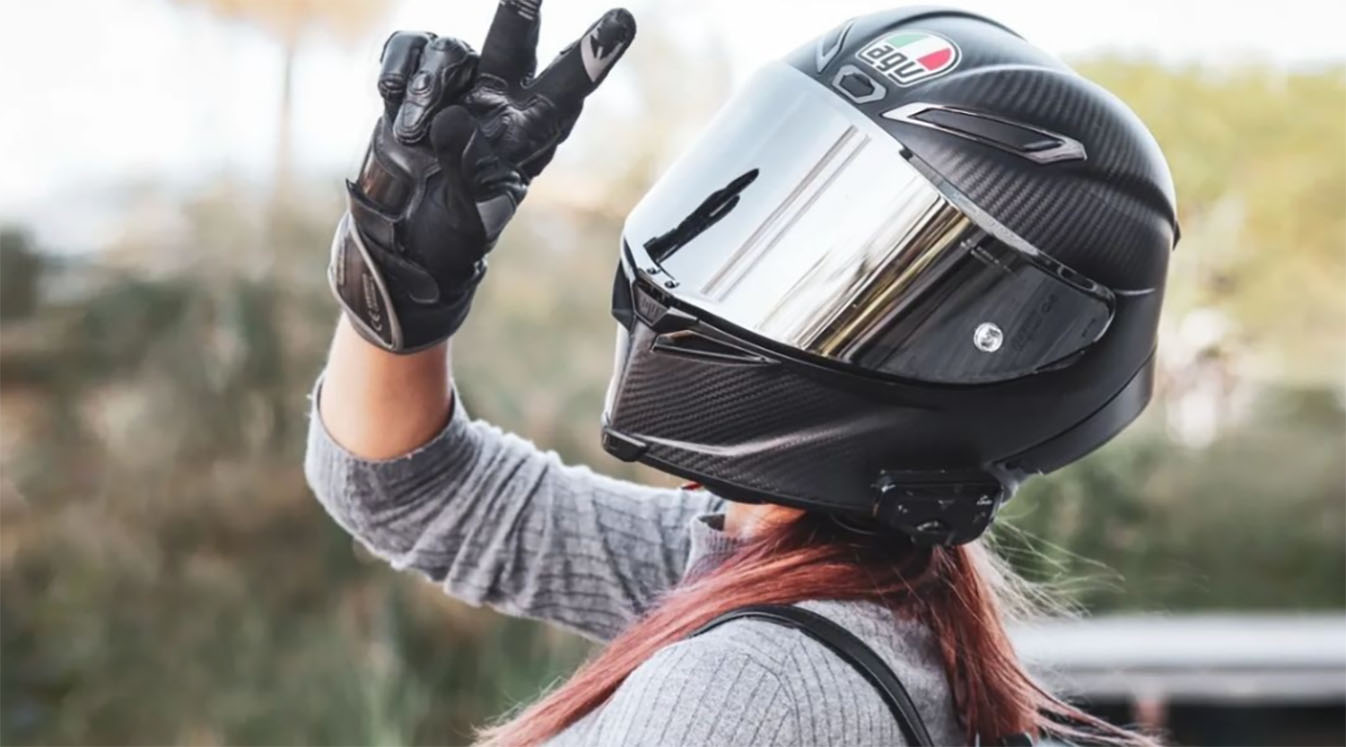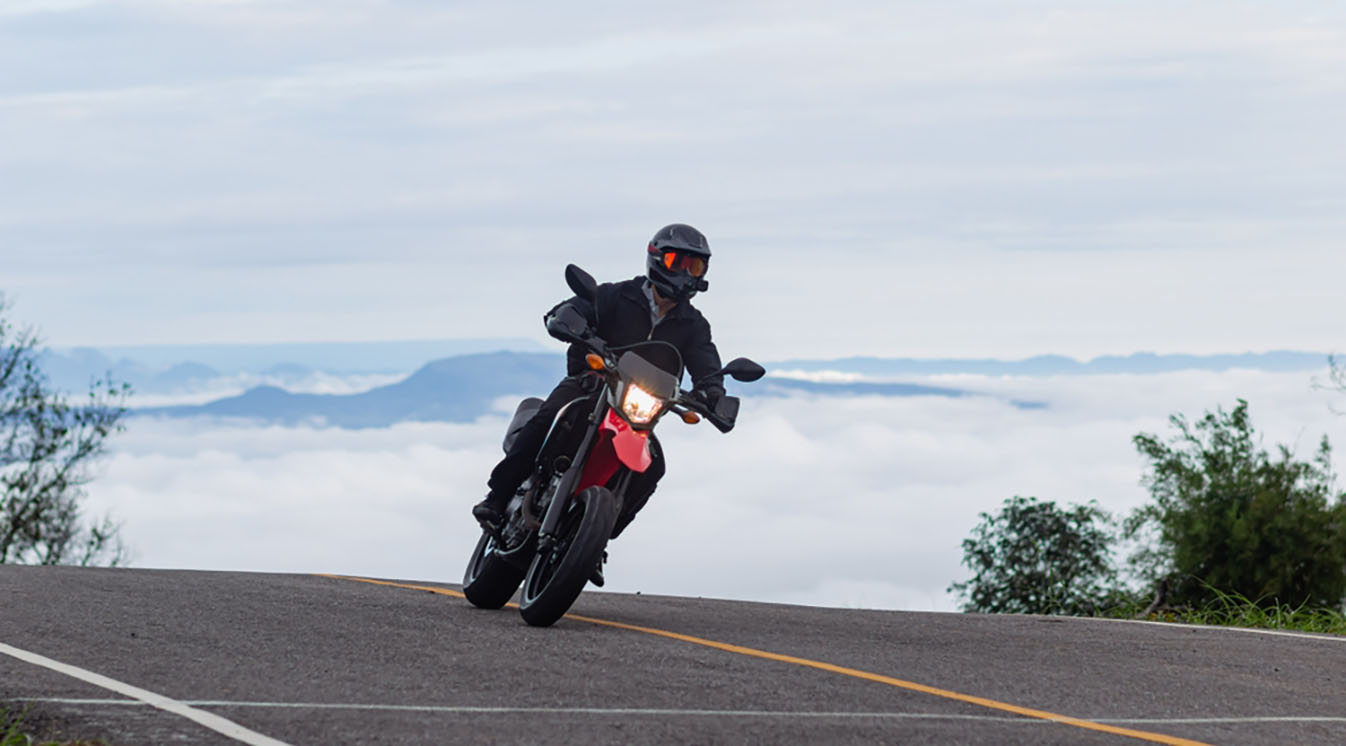Always Use Helmet Communication for a Safer Ride
1. Price
Used motorcycles tend to be much less expensive than newer bikes, but recent supply chain issues have increased demand for used bikes, which is driving up prices. You can’t assume that a used bike will be cheaper than a new one, especially if most of the parts have been replaced. Some older models might be just as durable as the newer counterparts, so you need to research the bike in question when approximating its value. Pay attention to the brand, as this can tell you a lot about the quality of the motorcycle. If the company is known for making durable bikes that last, it’s probably worth the money.
2. Transparency
Getting information about a used bike can be a process if you’re buying one from an individual seller. Some owners don’t keep maintenance logs, so you’re essentially flying blind when it comes to the condition of the bike. Avoid rushing into a purchase when this data isn’t available. If you see an ad on Craigslist that sounds too good to be true, it probably is.
3. Dependability
Have the bike inspected by a professional before taking it out on the road. The parts should be in good working condition. Replace any item that appears worn or frayed. Check the service history of the bike if you can find one to see when the parts were last repaired/replaced. Any changes made to the bike may have voided the warranty, which means you’ll need to pay for the repairs out of pocket.

Source: Yelizaveta Tomashevska/Shutterstock.com
Compare the service intervals with the recommendations in the owner’s manual to see if it’s worth the money. There’s always a chance the bike could have been involved in an accident, which could make it less dependable in the future.
4. Safety and Comfort
Staying safe should be your number one priority regardless of what type of motorcycle you ride. Older makes and models can break down unexpectedly, so you need to be prepared for everything that comes your way. It starts with wearing the proper outfit. Wear durable pants, riding boots, gloves and a long-sleeve shirt or jacket to protect your skin. Cover your head with a full-face or half-face helmet with goggles in case you get into an accident.
How Should a Motorcycle Helmet Fit? Find Out Here
5. Helmet Communication Device
You should have a plan for what to do when things take a turn for the worse. If you fall or injure yourself while riding a used motorcycle, you might have trouble reaching for your phone to call for help. Use helmet communication to stay connected to your mobile device when riding. You can use your voice to send a message, check for directions or to call emergency services without physically interacting with the device.
You will also need a wireless headset if you are riding in a group. The device automatically syncs up with up to 15 riders when in range, so you can carry on a conversation in real time while navigating the road. If your used motorcycle falls behind, you can contact your companions at the first sign of trouble. Use a headset with quality JBL speakers for a better listening experience. You can enjoy your favorite podcast or playlist without missing out on what’s happening around you.

Buying used will likely help you save money as long as you don’t have to pay for expensive repairs. You will need to depend on your bike, so make sure you’re getting a vehicle that will serve you well for years to come. Use the proper safety equipment every time you get behind the wheel. Enjoy the ride on your next bike!





